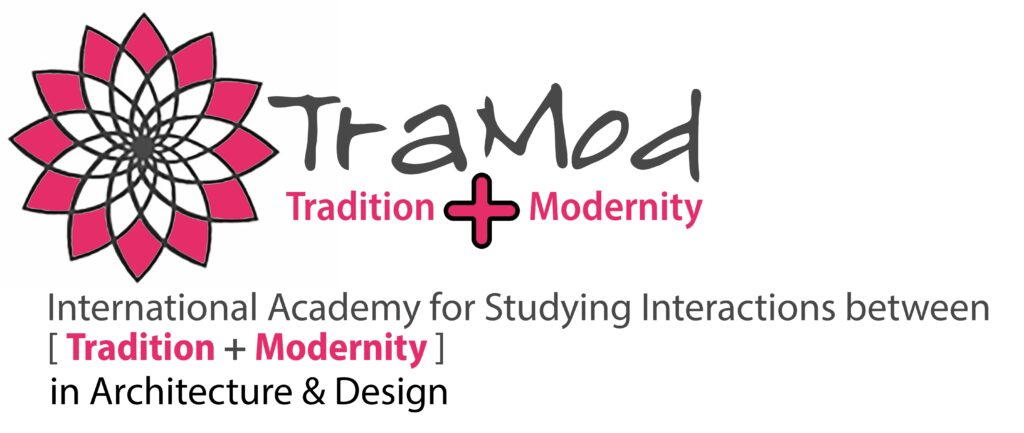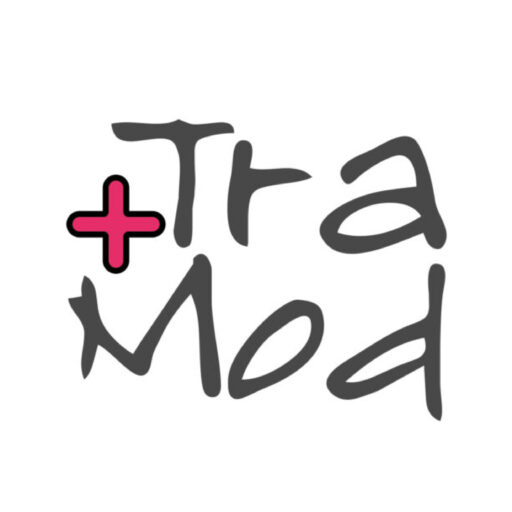TraMod TALKS with Luca Poian
Javad Eiraji`s Exclusive Talk with Award-Winning London-Based Architect LUCA POIAN
Learning from the Past is What Ultimately Enables us to Take the Right Steps Forward
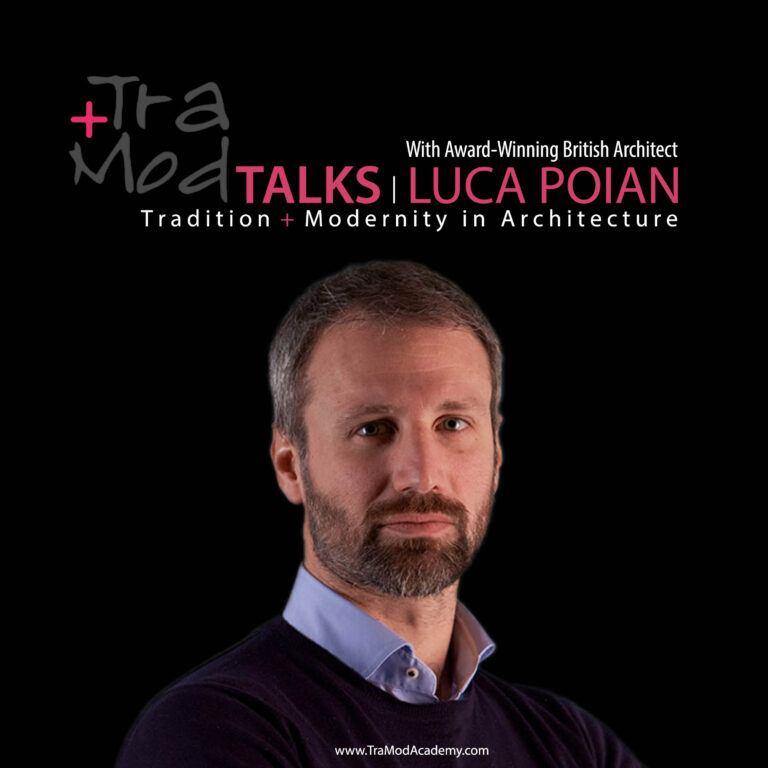
Due to TraMod Academy mission, studying interactions between tradition and modernity is the main goal which this academy is looking for. TraMod TALK section is one of the most important tools which tries to find some solutions for this problem by discussions with architects and designers all over the world who try to have this way of design thinking in their projects. One of these architects is Award-Winning London-based architect, LUCA POIAN. Read Javad Eiraji Exclusive Talk with Award-Winning London-Based Architect LUCA POIAN
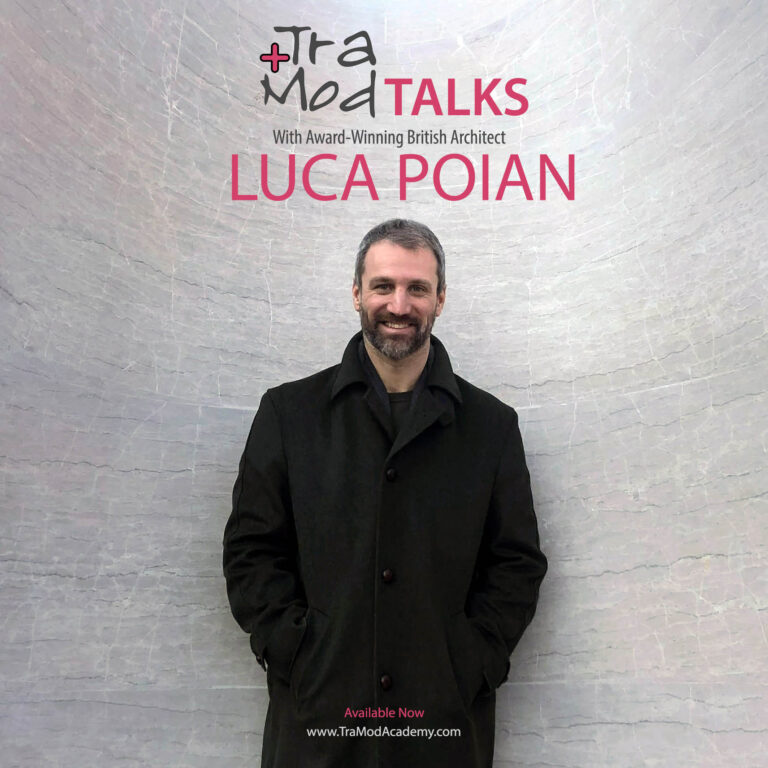
Javad Eiraji: Would you please share a short biography of yourself and your firm with us
Luca Poian: I am Luca Poian, London-based architect with a keen interest in architectural tectonics. My work spans a variety of scales and uses and is characterized by a rigorous approach that integrates materials, construction and context
I studied at the Technical University in Vienna and at the Venice University of Architecture (IUAV), where I graduated with honors in 2003. I started my career at Foster and Partners in London and Abu Dhabi, where I was site architect for two of the most prestigious cultural developments in the UAE: the Zayed National Museum on Saadiyat Island and the Masdar University Campus. Following my experience at Foster and Partners, I joined the London offices of Skidmore, Owings and Merrill, where I worked on a wide range of projects across Europe and the Middle East, including the extension to the United Nations headquarters in Geneva and the winning competition scheme for the adaptive restoration of the Hajj Terminal at King Abdul Aziz International Airport in Jeddah, KSA
I founded LUCA POIAN FORMS in 2014. The practice’s portfolio includes a wide range of award-winning public facility projects, including cultural centers, places of worship, transport infrastructure and temporary pavilions, as well as small-scale residential buildings. The practice’s work has been widely published and has taken part in several exhibitions worldwide. I am a fully qualified architect registered both in Italy and in the UK, and a chartered member of the RIBA
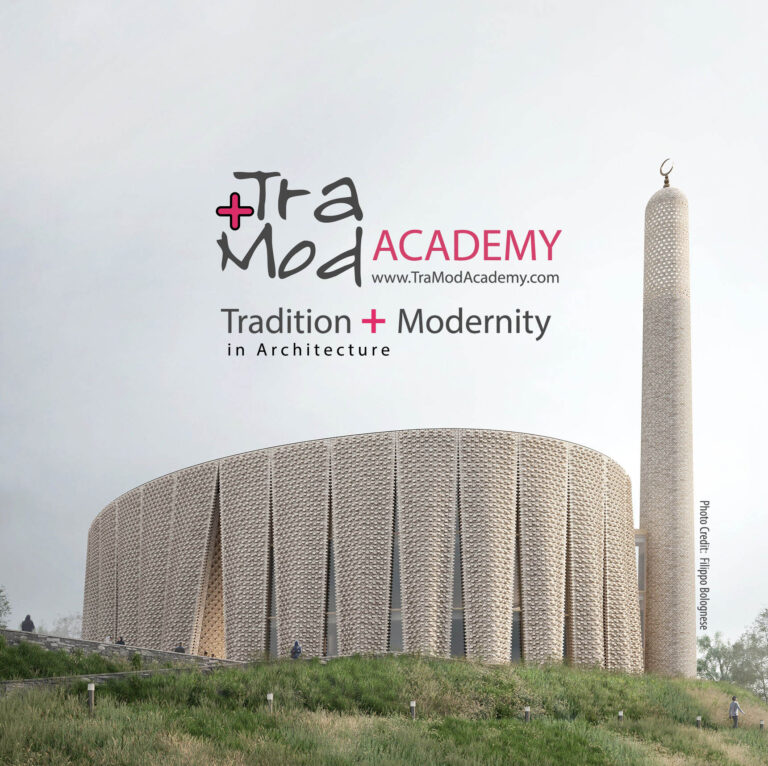
Javad Eiraji: How do you see the contemporary architecture of the world? Is there interaction between tradition and modernity in Today`s architecture? What do architects/designers pay attention to
Luca Poian: We live in a society intoxicated with the self-perpetuating cycle of production and consumption that has placed a disproportionate importance on the visual aspects of architecture. This, in my opinion, is a very reductive, commodified view of architecture. In trying to resist some general current trends, our approach touches on deeper and more enduring values. We work at the intersection of culture and innovation in search for a spiritual understanding of architecture that transcends the market driven dynamics of the industry
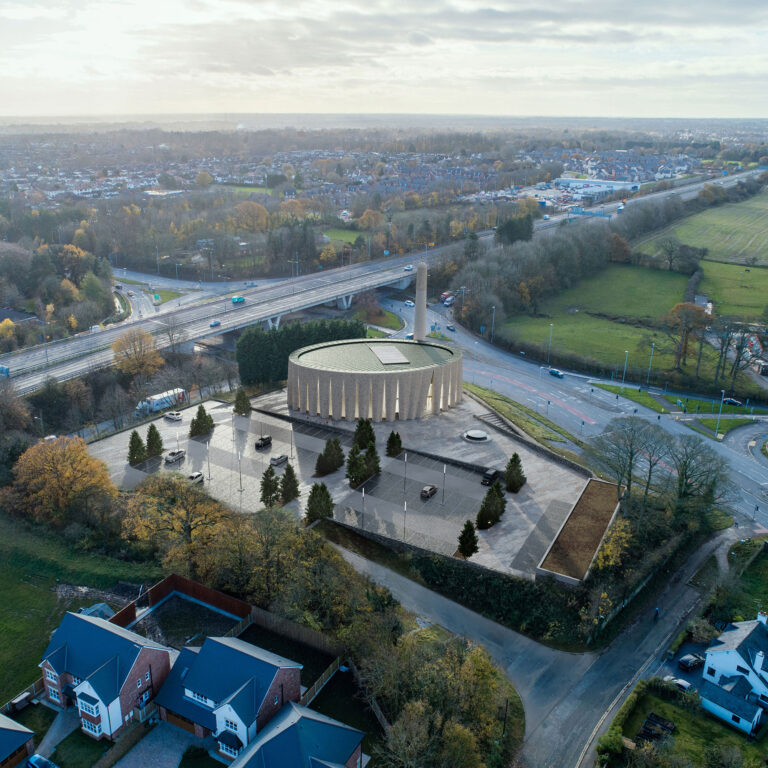
Javad Eiraji: Is it needed to use past in today`s architecture and design? Is it related to Identity? How can we do this mission
Luca Poian: Architecture must speak about its time and place. Think about how much the architecture of the past revealed about the people who came before us. It allowed us to understand the ways of our predecessors, how evolved their societies were, their culture, their beliefs, their technological achievements. It is the narrative capacity of architecture: buildings should always be able to tell us the story about their own making and about the historical circumstances by which they are made
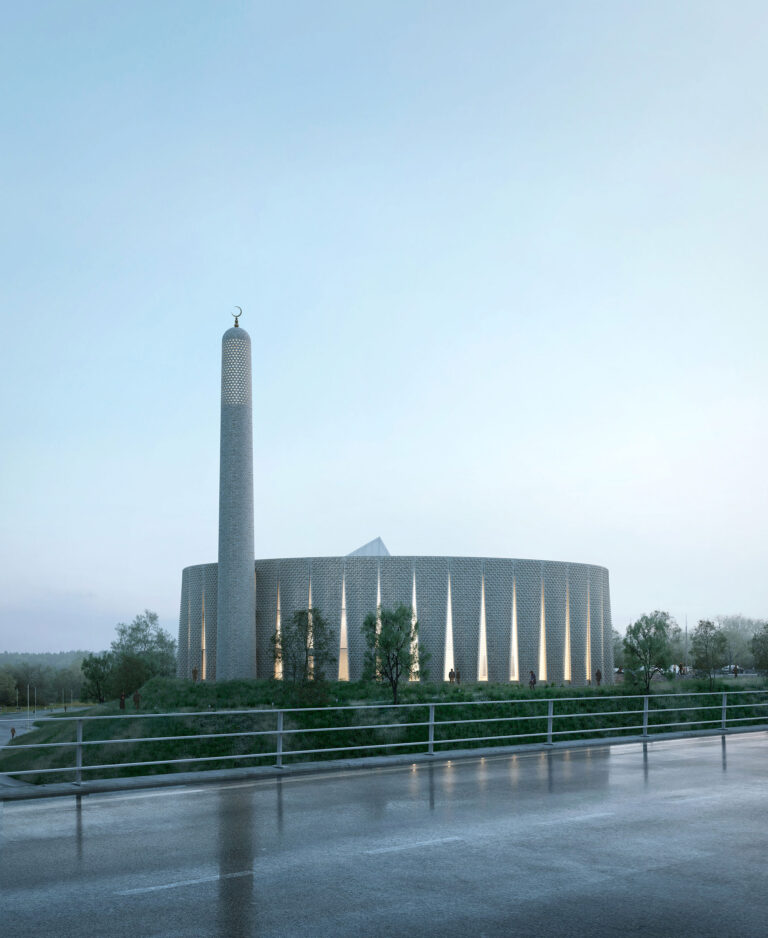
Javad Eiraji: Have you any project (built or unbuilt) which interaction between tradition and modernity can be seen in it
Luca Poian: Our recent winning design for a new iconic Mosque in Preston envisions an architectural language that is timeless in its materiality and honest in its tectonic approach. Its most notable feature is its textured brick facade, which is conceived as an urban-scale curtain that pleats away to frame the main entrance of the building. Inspired by the veil-like qualities of traditional Islamic Mashrabiyas, the facade’s pleating form has inherent structural stiffness that allows it to exist as an independent system
The materiality and careful treatment of the mosque’s exterior not only harmonizes the relationship between the new and the existing, but in fact further enhances the building’s cultural identity by harkening back to the textile manufacturing industry that has characterized the region throughout history. The minaret tower makes reference to Lancashire’s well recognized round-section cotton mill chimneys - celebrating the local history whilst announcing the mosque’s presence within the skyline of Preston. By virtue of its scale, form, and materiality, the mosque will be executed as a highly refined building that celebrates Islamic tradition whilst also paying homage to British craft
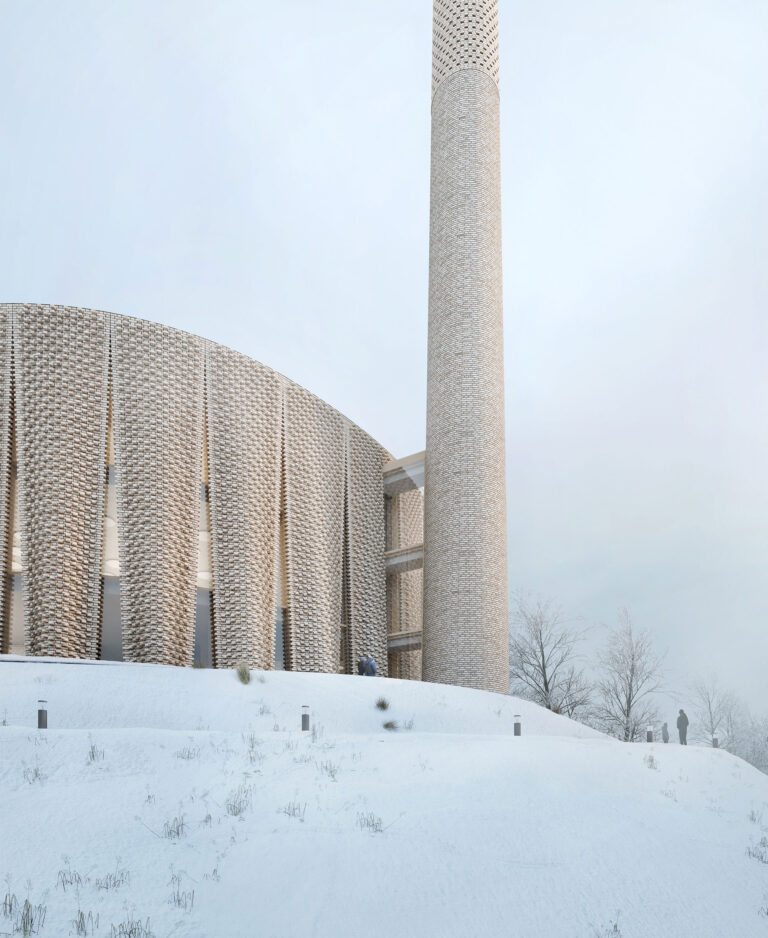
Javad Eiraji: Do you think this kind of design thinking (Tradition + Modernity) can be focused in academic studies and educations? Is it needed for today architecture of our society
Luca Poian: I think as a society we should all learn to look more backward and architectural schools should provide students with the ability to read the architecture of the past, which was always concerned with the idea of a building rooted in its time and place. Learning from the past is what ultimately enables us to take the right steps forward


